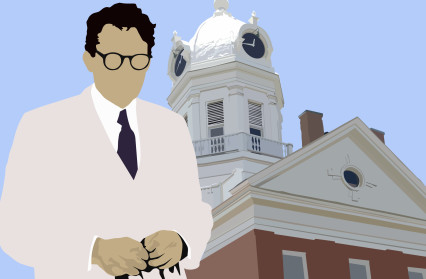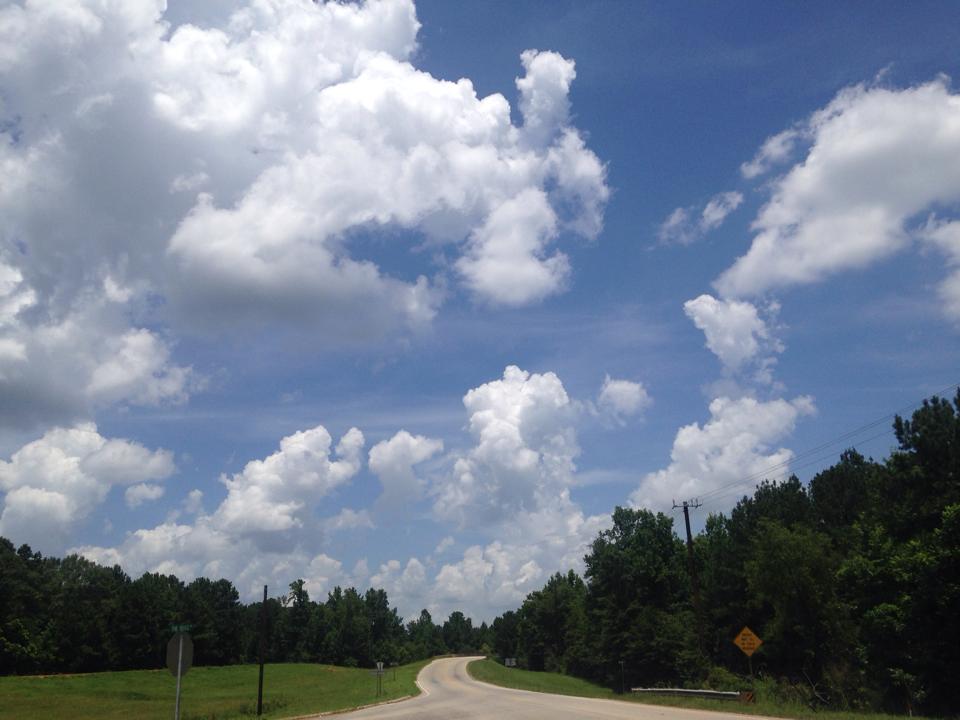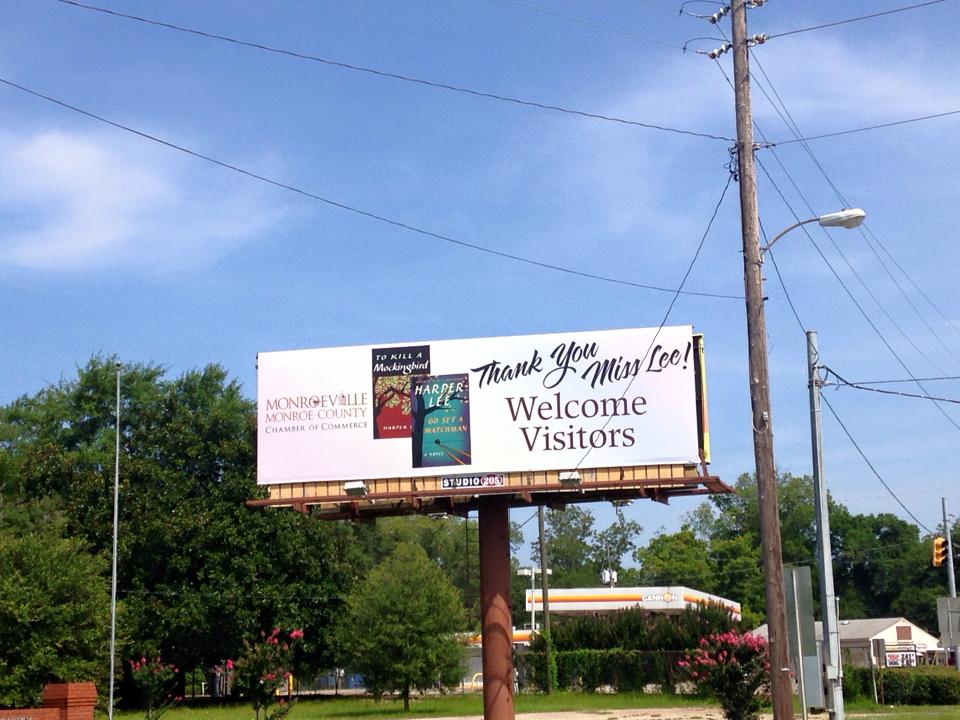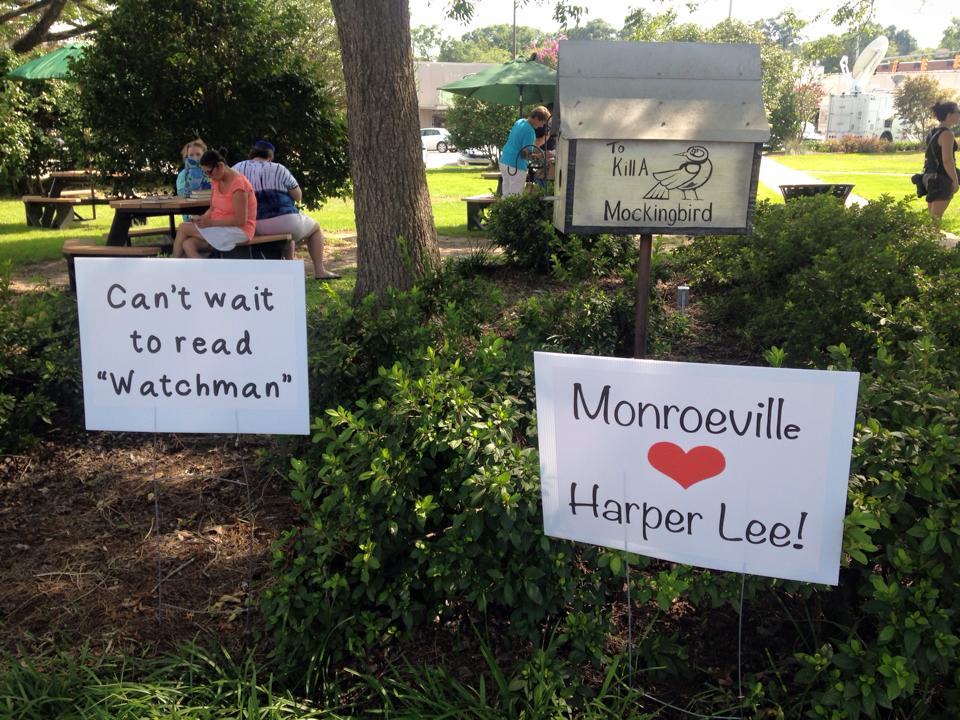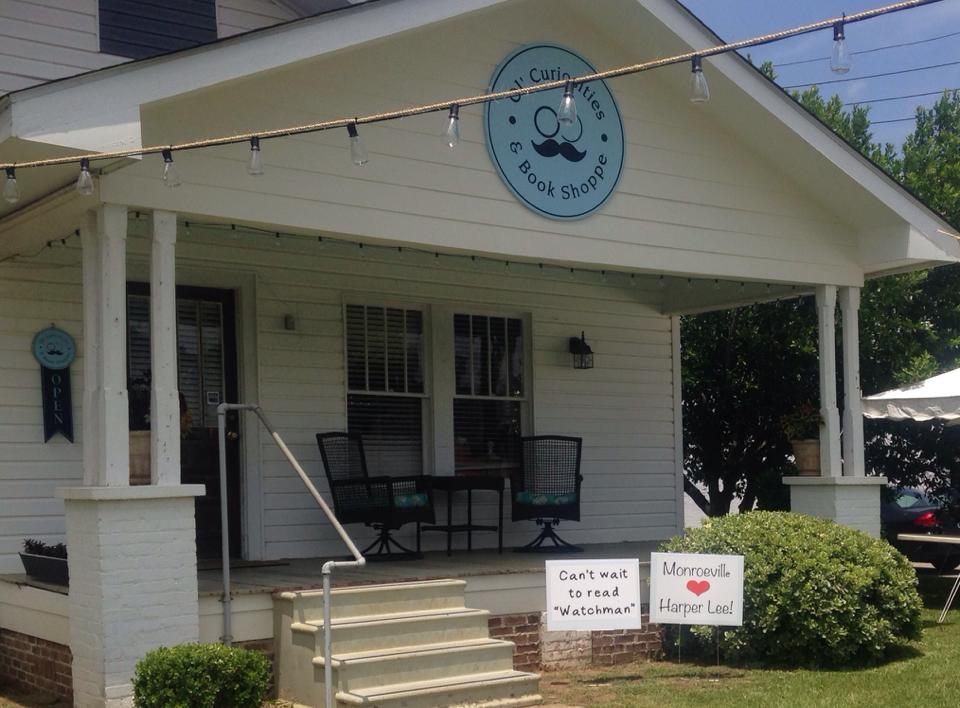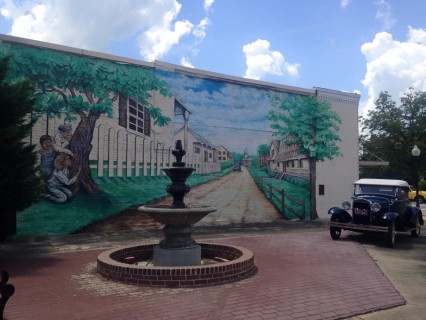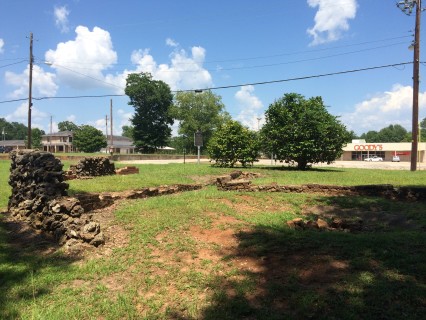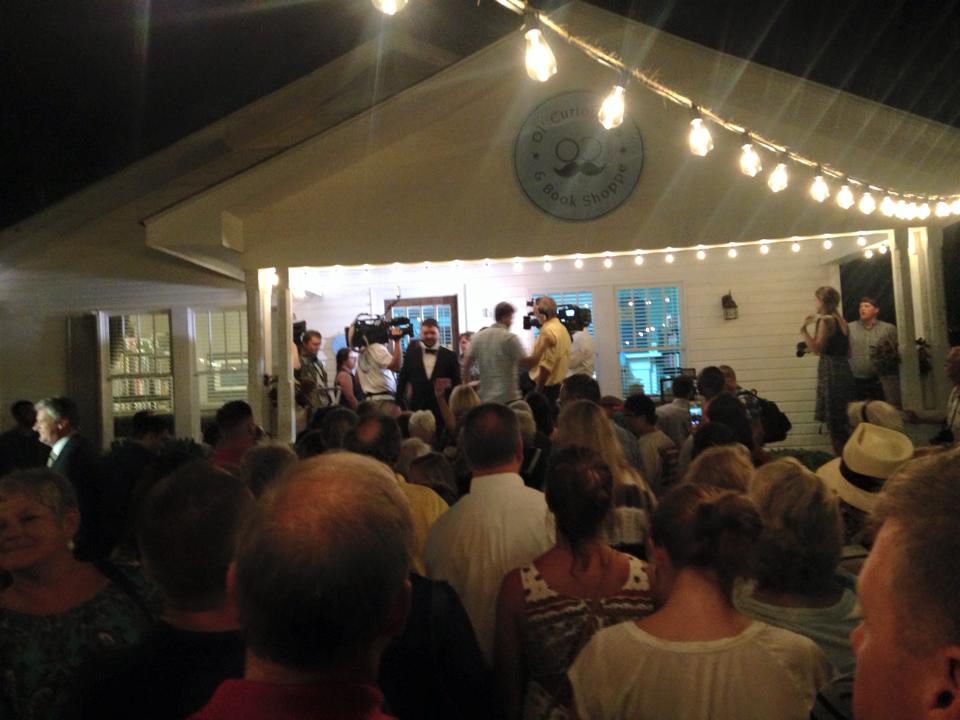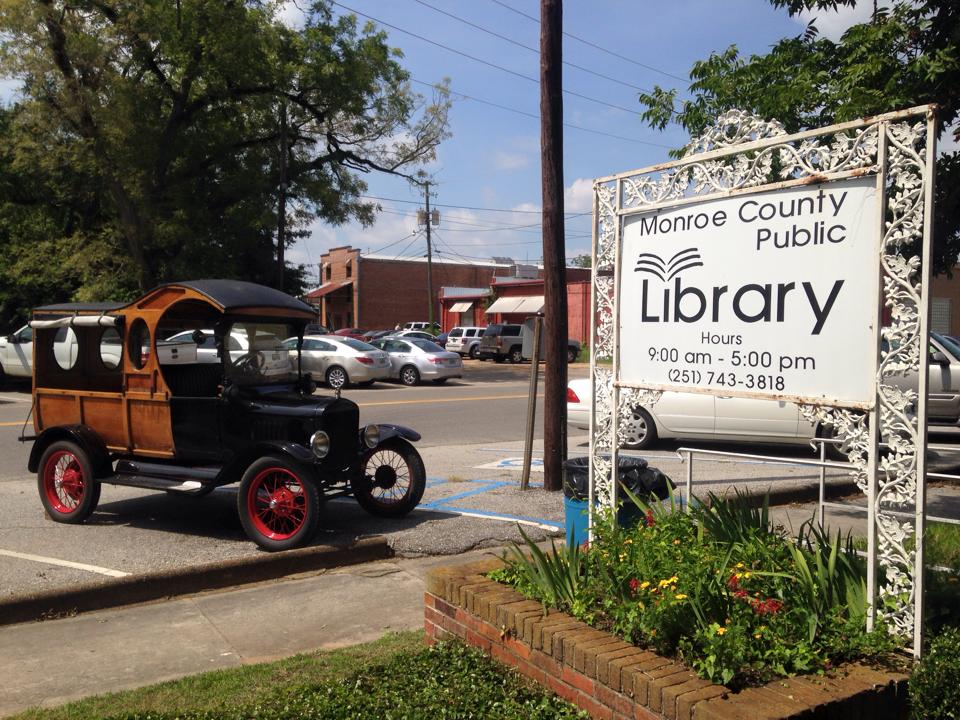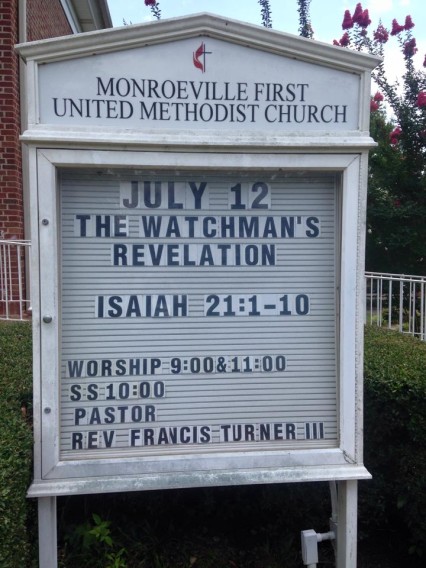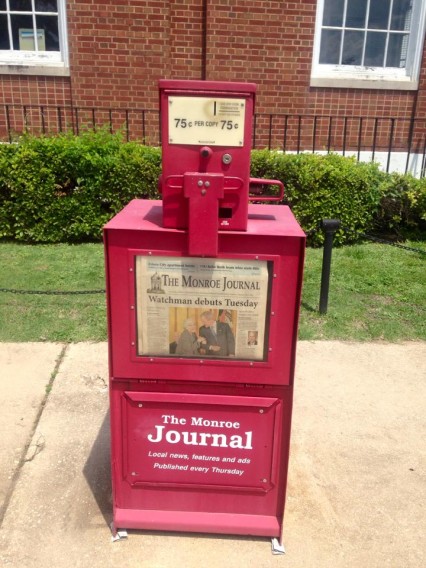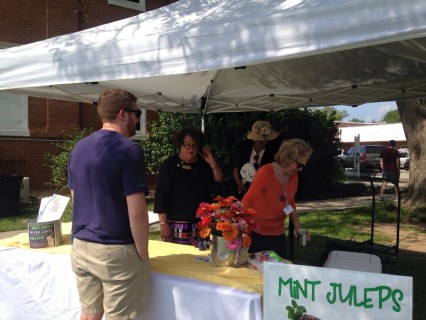Monroeville, Alabama, a small town around an hour and half west of state capitol Montgomery – home to Harper Lee, and with a few tweaks here and there, the real-life setting of her international bestselling 1960 novel To Kill a Mockingbird. Over two tormentingly hot days in July, locals, Lee devotees and curious tourists, keen to be a part of literary history congregated in numerous venues around the town’s famous courthouse square to celebrate the launch of Lee’s new/old novel (it was actually penned prior to Mockingbird), the first publication from the notoriously publicity-shy author in over half a century.
No form of public transport travels in or out of Monroeville, giving it the feeling of small-town remoteness of the 1930s depicted in To Kill a Mockingbird.
“No trains went there – Maycomb Junction, a courtesy title, was located in Abbot County, twenty miles away. Bus service was erratic and seemed to go nowhere, but the Federal Government had forced a highway or two through the swamps, thus giving the citizens an opportunity for free egress.” – Go Set a Watchman, Chp 1
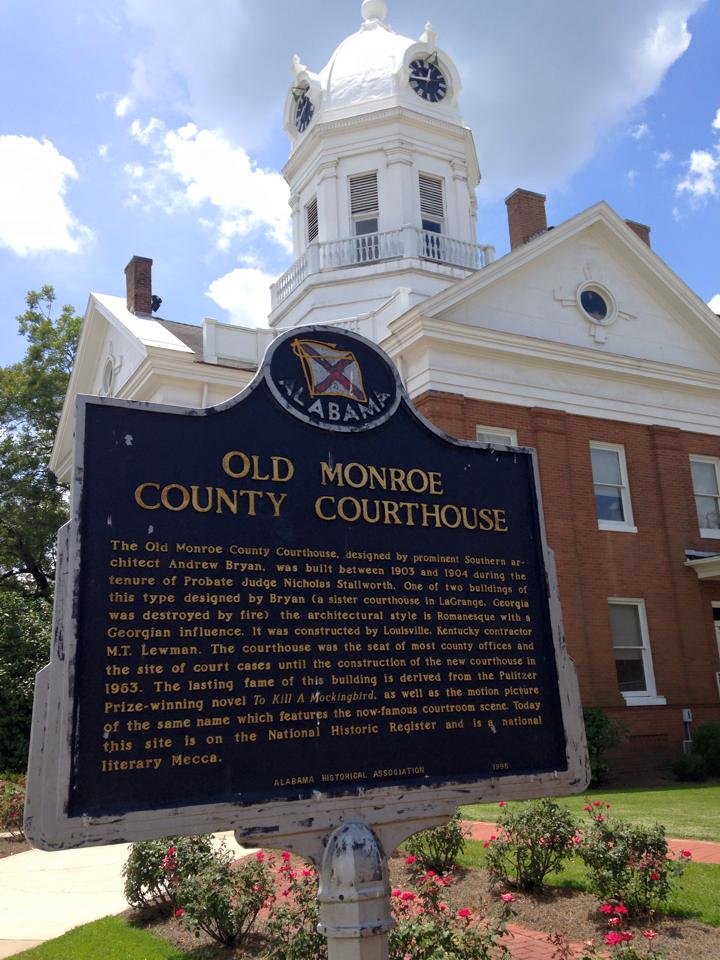
“But for the south porch, the Maycomb County courthouse was early Victorian, presenting an inoffensive vista when seen from the north. From the other side, however, Greek revival columns clashed with a big nineteenth-century clock tower housing a rusty unreliable instrument, a view indicating a people determined to preserve every physical scrap of the past.” – To Kill a Mockingbird, Chp 16.
Billboards, signs and posters thanking the town’s famous daughter are to be found all over town. Pinned in shop windows, hanging from downtown buildings and planted in the shrubbery flanking the courthouse lawn.
The impact of Harper Lee’s Mockingbird is to be found all over town.
“Thereafter the summer passed in routine contentment. Routine contentment was: improving our tree-house that rested between giant twin chinaberry trees in the back yard, fussing, running through our list of dramas based on the works of Oliver Optic, Victor Appleton, and Edgar Rice Burroughs.” To Kill a Mockingbird, Chp 1
Harper Lee’s childhood home on South Alabama Avenue was torn down in the mid-1950s. All that remains is the foundations of the wall that separated the Lee property from that of their neighbours, the Faulks – cousins of Truman Capote. As a boy, Capote spent the summer months in Monroeville and was the inspiration for the character of Dill.
“It was unnecessary to call Dill. The cabbages trembled in Miss Rachel’s garden, the back fence groaned and Dill was with them.” –Go Set a Watchman, Chp 5
A midnight launch party at the town’s independent bookstore Ol’ Curiosities & Book Shoppe was attended by around 300 people, and Atticus, in the form of Gregory Peck impersonator Eric Richardson.
People attending the launch were encouraged to write notes to Harper Lee.
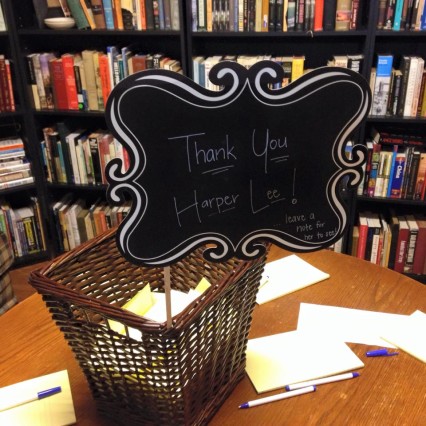
The following day, downtown Monroeville was transported back into the past, with vintage cars dotted around the courthouse square. A marathon reading of Watchman began as soon as the courthouse doors were open. People gathered in the county library to hear local historians talk about the town, Miss Nelle and her books.

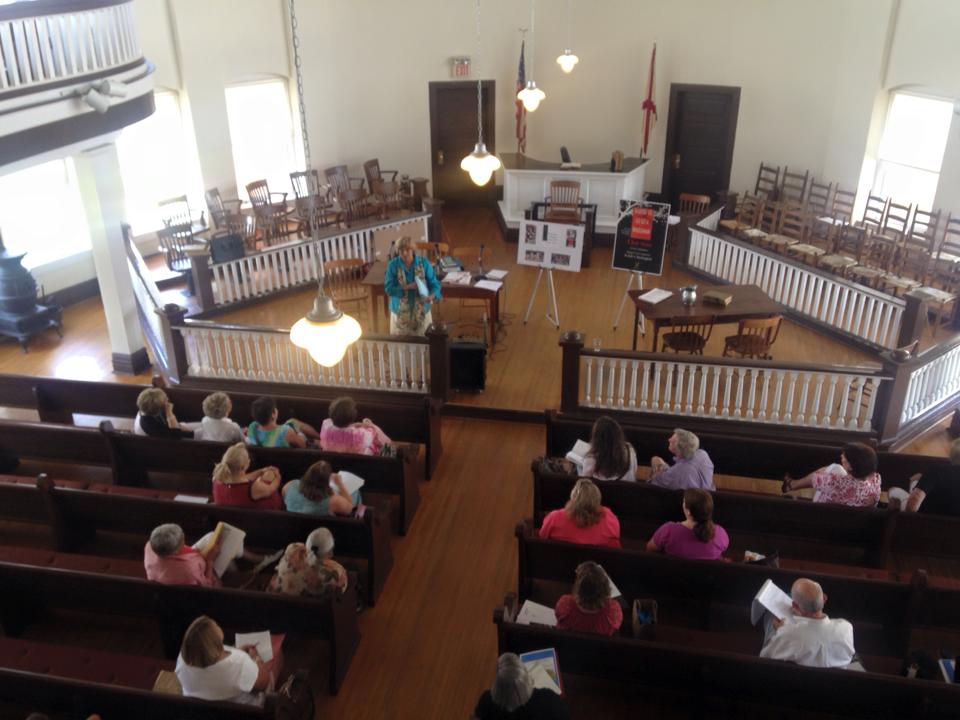
The origin of Watchman’s title
“For thus hath the Lord said unto me, Go, set a watchman, let him declare what he seeth.” Isaiah 21:6
“Our Gods are remote from us Jean-Louise. They should never descend to human level.” – Go Set a Watchman, Chp 18
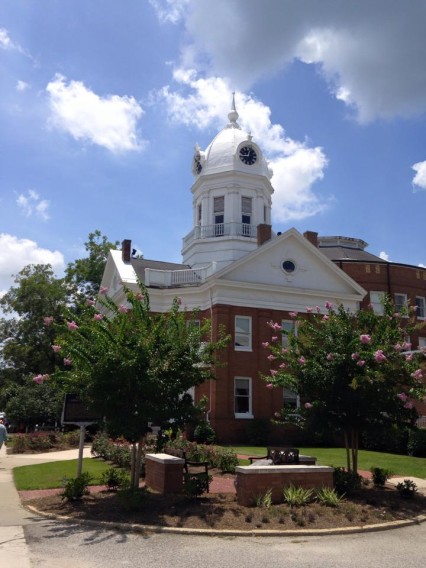
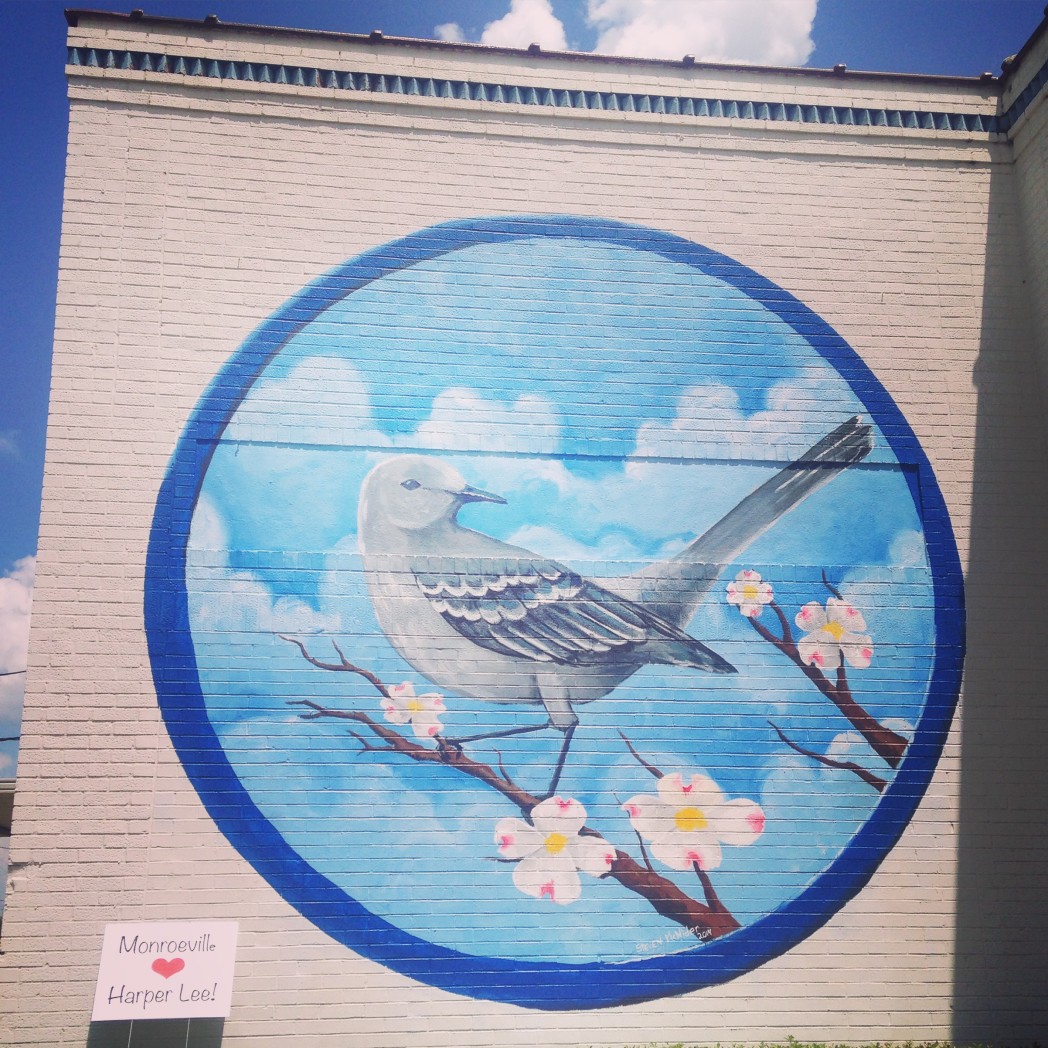 “Shoot all the bluejays you want if you can hit ’em, but remember it’s a sin to kill a mockingbird.” To Kill a Mockingbird, Chp 9
“Shoot all the bluejays you want if you can hit ’em, but remember it’s a sin to kill a mockingbird.” To Kill a Mockingbird, Chp 9
Deep South Magazine will be holding a Twitter chat on Go Set a Watchman, tonight between 7 – 8pm UK time. More details here.


